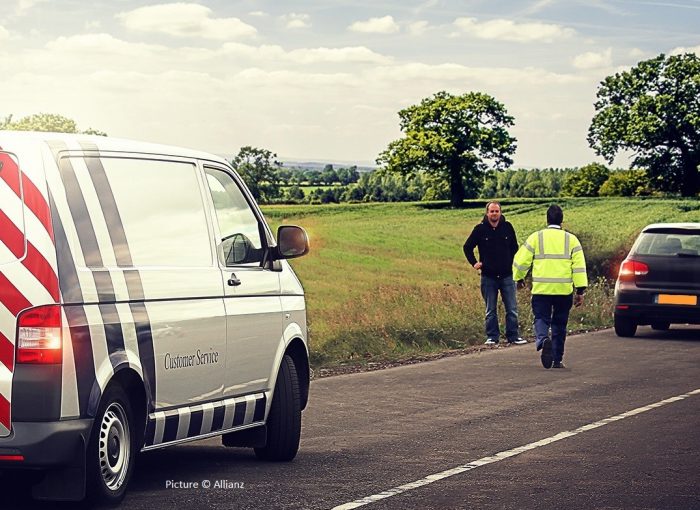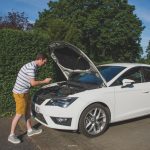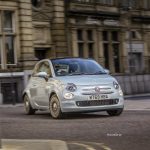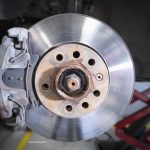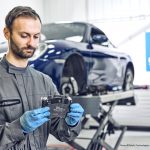No matter how prepared we are, a car breakdown can happen any time, anywhere. The most important thing to remember is the side of a carriageway is a dangerous place to be. Whatever kind of road your car has conked out on, you’ll probably be close to moving traffic. And even slow-moving cars can cause serious injuries. The following is advice from various providers of breakdown cover. They’re the people who know first-hand what it’s like to be stuck at the roadside.
Safety first
Anyone who’s pushed a car will know just how heavy they are. And if you’re on your own, that makes it doubly difficult. If your car starts losing power or running out of fuel, make sure that before it stops altogether you pull as far to the left as possible. Then turn your steering wheel to the left. If your car is hit from behind, it will be pushed further into the verge rather than into the carriageway. Switch your hazard warning lights on. If it’s dark and they still work, turn your side lights on.
Being prepared helps
You can buy reflective vests from DIY stores as well as motor retailers. Leave them in the glove box or door pockets so you can put them on before you get out of the car. If you have a warning triangle in the boot and it’s easily accessible, put that by the side of the road to warn other drivers. Don’t put warning triangles on motorway hard shoulders: it’s too dangerous.
All out

Get everyone out of the car through the doors on the left side of the car. If there’s a crash barrier, stand behind it. If there isn’t, get as far away from the road as possible. Ideally, you should walk back in the direction you’ve just come from. If your car is hit by another vehicle you will be a horrified onlooker rather than a victim.
This is the point where you have a tough decision to make: any animals in the car must stay there. The last thing you want is the pet pooch running wild at the roadside and possibly causing an accident. While everyone is getting out, and if you don’t know where you are, have a quick look at your sat nav so you can tell a rescuer your exact location. Alternatively, if you have one with you, take a map as you exit the car.
There are exceptions…
You might be alone in a dodgy part of town where you feel safer in the car than out of it. If that’s the case, breakdown services advise to stay in the car with the doors locked until help arrives. Equally, if you can’t get to the hard shoulder on a motorway, stay in the vehicle with your seatbelt and hazard warning lights on.
Don’t fix it

Unless your car is safely parked in a layby or at a services, don’t try to fix it by the road side. You will be putting yourself in danger of being hit by other vehicles. Breakdown services rarely try to fix cars at the roadside. They tow them to somewhere safe such as a services in order to work on them.
Call for help
If you belong to a breakdown service, once you’ve safely left your vehicle ring for help. Tell them where you are and whether you feel vulnerable or you or anyone with you needs medical help. If you don’t have a mobile phone or there’s no signal and you’re on a motorway, markers will point you in the direction of the nearest emergency phone. This will connect you directly to the police.

I’ve been writing about cars and motoring for more than 25 years. My career started on a long-departed classic car weekly magazine called AutoClassic. I’ve since pitched up at Autosport, Auto Express, the News of the World, Sunday Times and most recently the Daily Telegraph. When I’m not writing about cars and motoring, I’m probably doing some kind of sport or working in my garden.

